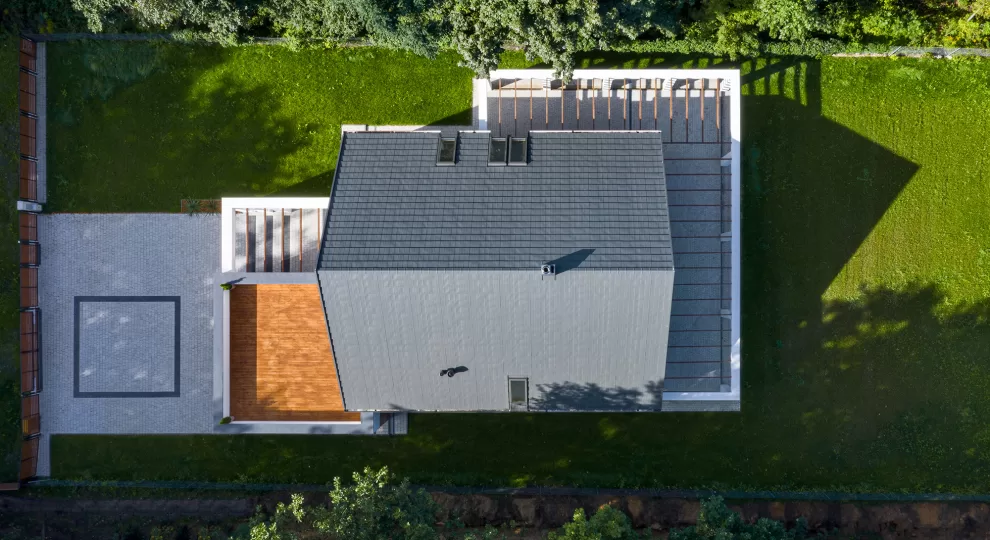
The Australian housing market – what’s happening in 2017?
In 2016, the Australian housing market saw high demand, low affordability and our two biggest cities grow even further out of reach. Is this set to continue in 2017?
2016 proved to be a robust year for the Australian housing market, but with a new American president, a slowdown in China’s economy and a fall in Australian full-time employment, will 2017’s housing market be as strong? Let’s take a look at what’s happening in the housing market so far.
Apartment towers in oversupply.
Out of 32 housing experts and economists surveyed by comparison website, Finder, 77% believed there’s an oversupply of apartments in some of Australia’s capital cities, with Melbourne facing the greatest oversupply. According to the Insights Manager at Finder, Graham Cooke, “Property development is one of the hallmarks of a vibrant city, but too many apartments can be detrimental to the ongoing strength of the market,” he said. “When supply exceeds demand, there’s downward pressure on the value of assets. In particular, Melbourne and Brisbane apartment buyers may experience low capital growth in the years to come.”
0.7% rise in capital city dwelling values for the start of 2017.
According to the CoreLogic Hedonic Home Value Index, every city apart from Darwin recorded a rise in capital city dwelling values in January 2017. Sydney and Melbourne continue to stand out as the strongest housing markets at least in annual trend terms. Sydney dwellings are up 16% over the last 12 months, the city’s highest rate of annual growth since the year ending Sep 2015.
Real estate agents still underquoting – especially in Victoria.
Two more Victorian real estate agencies are facing court for underquoting just months after a record $330,000 fine was issued to another Melbourne agency. A further 11 investigations of underquoting are currently underway in Victoria.
Underquoting is the illegal practice of advertising a property for a price lower than what the vendor is willing to accept. In an attempt to stamp out underquoting, the Victorian Government passed legislation late last year forcing agents to provide potential buyers with more information. This includes a rough selling price of the property, 3 similar sales in the area and the median price for the suburb. New regulations around advertising ban price ranges of more than 10%.
Experts predict lower rate of home price growth in 2017.
CoreLogic’s research expert, Tim Lawless, predicts a lower rate of home price growth this year compared to last year.
“There are some factors that could dampen the rate of capital gains across the marketplace later this year,” he told the ABC. “Affordability of course is one of those, very high supply levels coming through the unit market is another factor, mortgage rates starting to edge a little bit higher and potentially some sort of regulatory response to start to dampen the level of investment demand.”
CBA senior economist, Michael Workman, seemed to agree when it comes to our two largest cities. He claimed house price increases will slow to 5% in Sydney and 7% in Melbourne, with apartments even weaker. “The 20-year low in national wages growth of 2 per cent is a significant impediment to many households’ ability to service more mortgage debt,” he wrote in a note. “Moderate rises in mortgage rates and/or petrol prices can tighten budgets and weaken disposable income growth.”
Banks rising interest rates independently from the RBA.
Because of the current low interest rates, banks feel less pressured to pass on the RBA’s monthly decisions. While experts predict the RBA to keep interest rates stable for now, it’s feasible banks may restrict lending by raising interest rates and tightening lending requirements, especially when it comes to investors.
Regional towns becoming the new inner city.
Moving a few suburbs out of the CBD is no longer enough. Surging property prices are forcing our young property buyers to look further afield in regional towns. These towns have all the hallmarks of the inner city including great cafes, parks and schools – yet property comes at a fraction of the cost.
According to NSW Premier, Mike Baird, speaking with The Daily Telegraph in January, first homebuyers will have to choose between urban living in crowded apartment blocks and ‘greenfield’ sites outside of the city if they want the traditional Aussie home with a backyard.
Townhouses experiencing resurgence in popularity.
Townhouses have become the dwelling of choice for off-the-plan buyers anxious about an oversupply in apartments.
According to RPM Real Estate, a research think tank and residential marketing agent, demand for medium-density dwellings, including townhouses, has surged over the past four years with near record nationwide approvals for new semi-detached or terrace houses during the 12 months to October 2016.
PropertyNow housing market snapshot.
Although many experts are predicting a slowdown, our housing market continues to show steady signs of growth, which looks set to continue throughout 2017.
Not yet subscribed, but want to keep ahead with the latest housing market news? Why not sign up?